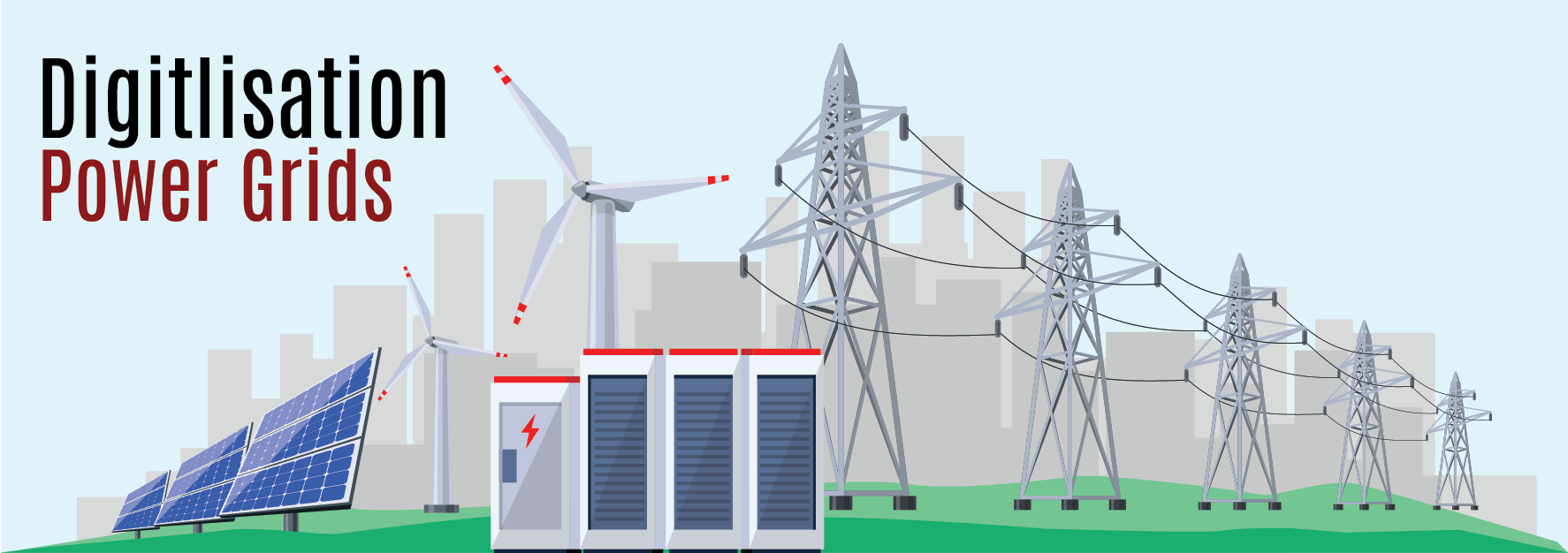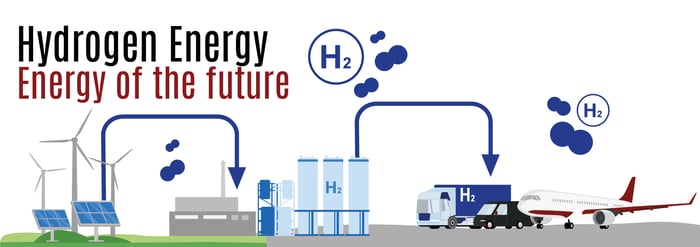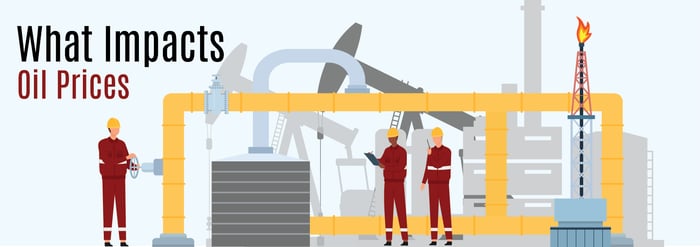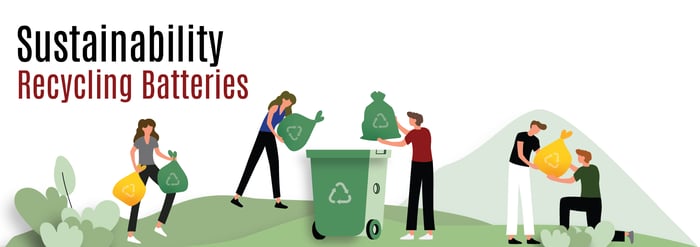Digitalisation of Power Grids
Tips & Tricks • 3 min read • Jun 29, 2023 8:55:26 AM • Written by: Natasha Osborne

The world is working towards a greener future, one of the methods undertaken to achieve this within the energy sector is the digitalisation of power grids, with a focus to both increase efficiency and reduce carbon emissions by 2030.
Globally we must work together to make significant improvements to provide relief from the impact climate change has on the environment. We are rapidly seeing more countries pledge to make a change which will help to reduce emissions, creating a more sustainable sector. The US has plans for $555bn clean energy program, the EU is investing in electric vehicle charging infrastructure and China has invested heavily in wind and solar generation. Australia, India, and Canada have all made commitments to increasing renewable energy options. In the UK, July 2021 the first energy sector digitalisation strategy was published by the government, with a focus of decarbonisation of the energy system, to work towards the 2050 Net Zero goals.
EU Grid Updates
In October 2022, the EU introduced it’s ‘Digitalising the Energy System- EU Action Plan’, with the objectives of creating a sustainable market for digital energy services. With aims to facilitate the integration of renewable energy. The EU highlighted that a revitalised energy system will be more efficient at producing green energy to meet the goal of reducing emissions by 55% by 2030. With €584 billion euros invested in the electricity grid, this will go into updating the internet and phone connectivity (5G and 6G). The enhancement of digital tools will be crucial to the development of smart buildings which in turn will reduce emissions and energy waste.
The EU has also announced the EU Transmission system operators and distribution system operators (DSO’s) to create a ‘digital twin of the electricity grid’, to enhance the efficiency and intelligence of the existing grid, making it easier to extract energy grid data. The current electricity grids were built nearly 40 years ago, the additional layer of digital technology will be key into transforming current power grids to meet the needs of future generations and working towards clean power.
Smart Meters
The use of smart meters enables DSOs to manage electricity demand using real-time data. It encourages customers to be more involved with the energy transition and increasing awareness on cheaper rates and energy consumption. Which in turn will encourage sustainable choices, benefiting consumers by increasing cost savings.
Trends
Currently the electric power industry accounts for 40% of China’s total carbon emissions. A Huawei whitepaper, Professor Li Licheng discusses the digitalisation trends that are forecast to take place in the electric power industry by 2030. He explains ‘China’s national strategic goals for carbon neutrality rely on a new power system that uses new energy as the primary energy source, this is crucial to reduce emissions.’ A system that ‘integrates electricity and computing will be the driving force behind the industry’s transformation’. ‘The new software- defined power system will integrate information, computing, and sensing technologies with control theories, AI and the internet’ this will be required to shift towards a digital future of cleaner power.
Renewable Energy
Renewable energy methods are the clear choice for cleaner energy, these include solar and wind. These methods rely on weather conditions for the supply and performance of power, so while the energy produced is cleaner, the drawback is these energy sources can be unreliable, as they are weather dependant. So, it could make it more challenging when focusing on achieving a cleaner energy supply, as the ideal weather conditions for wind and solar can’t be guaranteed.
Energy Storage
Storing the energy is as crucial as the methods taken to producing the. As the sector adapts, consumers can produce their own energy with solar panels, which are now more affordable. A battery storage system would also allow consumers to store power and sell excess back to the grid. EV batteries that provide grid services are called vehicle-to-grid and will become more of a significant resource. Integrating demand side response (DSR) measures to encourage consumers to reduce power consumption during peak times, can reduce the strain on the power grid and reduces the cost for the consumer.
Conclusion
It’s promising to see methods in place to improve carbon emissions and many countries working together towards a greener future. There is still more work to be done, governments investing in power grids is a guaranteed way to make positive impacts on the environment. Encouraging consumers with incentives to update their energy power source such as solar panels will also be a fantastic way to improve the environmental impacts. It will be interesting to see how technology continues to enhance the energy sector.
We hope you enjoyed this week’s blog. Why not leave in a comment in the section below! Feel free to share the post with anyone else who may also enjoy the blog too.
Reach the World. Giving Made Easy with Impact.
Related Articles

Tips & Tricks
Hydrogen Energy- Energy Of The Future?

Business News
What Impacts Oil Prices

Tips & Tricks
Sustainability- Recycling Batteries
Don't Miss Out On A Thing
Sign up and Join Our Newsletter Today